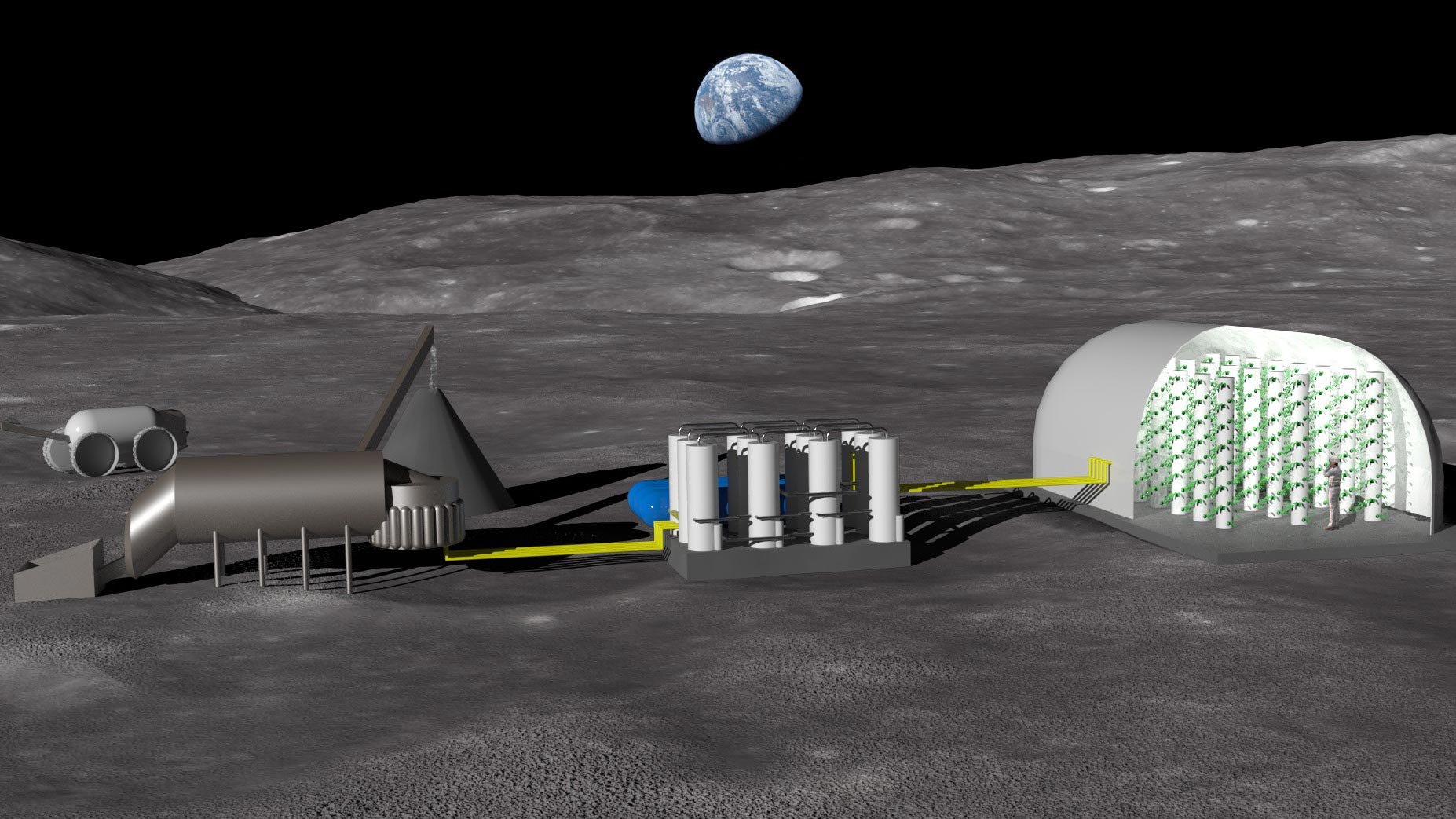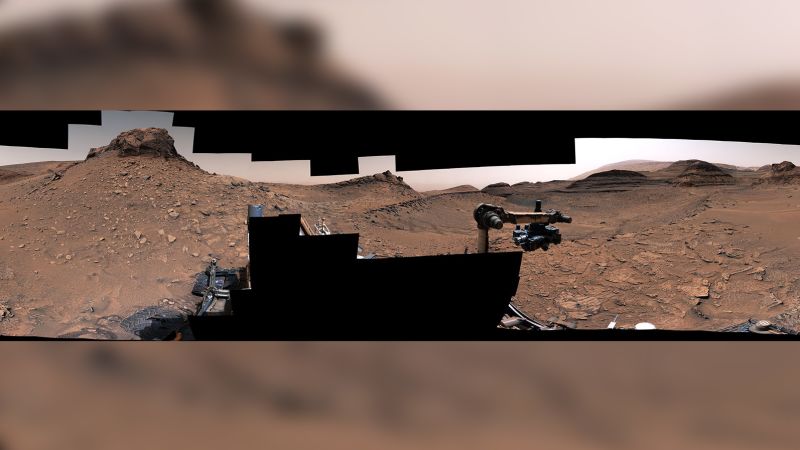Long-Puzzling Biologists: Cornell Study Reveals How Cells Prevent Harmful Extra DNA Copies
According to a recent study by researchers at Weill Cornell Medicine, a protein that prepares DNA for replication also keeps the replication process in check, thus solving a long-standing mystery in biology. The research was recently published in the journal Molecular Cell.
The cells of humans and all other higher organisms employ a sophisticated system of checkpoints and licensing proteins to guarantee accurate replication of their genomes prior to division. In preparation for cell division, licensing proteins bind to specific locations in the DNA, marking them as replication origins. The DNA synthesis phase of the cell cycle only initiates replication at these designated sites and it only “fires”, or initiates, once, as per the current understanding. That model was missing a crucial point, though. “The same factor that is allowing for this licensing to happen is only degraded after these replication origins have fired,” said senior author Dr. Tobias Meyer, the Joseph Hinsey Professor in Cell and Developmental Biology at Weill Cornell Medicine. “In principle, the cell could load these licensing machines onto DNA that’s already replicated, so, instead of two copies, you’re getting three or four copies of that segment of the DNA, and these cells would be expected to lose genome integrity and die or become cancerous.”
... Ratnayeke used computer-aided microscopy to monitor thousands of growing cells simultaneously, catching the replicating cells in the act and analyzing the activities of their licensing and replication factors.
The work revealed that a well-known licensing factor, CDT1, not only licenses a segment of DNA to become a replication origin, but also acts as a brake for DNA replication, preventing an essential replication enzyme called CMG helicase from functioning. To start synthesizing DNA, the cell’s enzymes must first break down CDT1. “Previously proposed mechanisms for coordinating this transition from the licensing phase of the cell cycle to the firing phase of the cell cycle have depended on inhibiting licensing factors,” said Ratnayeke, adding that “the mechanism that we identified here is actually the opposite … the licensing factor CDT1 itself is preventing the progression of DNA synthesis.”
https://scitechdaily.com/long-puzzli...ra-dna-copies/
According to a recent study by researchers at Weill Cornell Medicine, a protein that prepares DNA for replication also keeps the replication process in check, thus solving a long-standing mystery in biology. The research was recently published in the journal Molecular Cell.
The cells of humans and all other higher organisms employ a sophisticated system of checkpoints and licensing proteins to guarantee accurate replication of their genomes prior to division. In preparation for cell division, licensing proteins bind to specific locations in the DNA, marking them as replication origins. The DNA synthesis phase of the cell cycle only initiates replication at these designated sites and it only “fires”, or initiates, once, as per the current understanding. That model was missing a crucial point, though. “The same factor that is allowing for this licensing to happen is only degraded after these replication origins have fired,” said senior author Dr. Tobias Meyer, the Joseph Hinsey Professor in Cell and Developmental Biology at Weill Cornell Medicine. “In principle, the cell could load these licensing machines onto DNA that’s already replicated, so, instead of two copies, you’re getting three or four copies of that segment of the DNA, and these cells would be expected to lose genome integrity and die or become cancerous.”
... Ratnayeke used computer-aided microscopy to monitor thousands of growing cells simultaneously, catching the replicating cells in the act and analyzing the activities of their licensing and replication factors.
The work revealed that a well-known licensing factor, CDT1, not only licenses a segment of DNA to become a replication origin, but also acts as a brake for DNA replication, preventing an essential replication enzyme called CMG helicase from functioning. To start synthesizing DNA, the cell’s enzymes must first break down CDT1. “Previously proposed mechanisms for coordinating this transition from the licensing phase of the cell cycle to the firing phase of the cell cycle have depended on inhibiting licensing factors,” said Ratnayeke, adding that “the mechanism that we identified here is actually the opposite … the licensing factor CDT1 itself is preventing the progression of DNA synthesis.”
https://scitechdaily.com/long-puzzli...ra-dna-copies/
Limitless Possibilities – AI Technology Generates Original Proteins From Scratch
Researchers have developed an AI system that can generate artificial enzymes from scratch. In laboratory experiments, some of these enzymes demonstrated efficacy comparable to natural enzymes, even when their artificially created amino acid sequences greatly deviated from any known natural protein.
The experiment shows that natural language processing, initially created for reading and writing language text, can grasp certain fundamental concepts of biology.
... Scientists said the new technology could become more powerful than directed evolution, the Nobel-prize-winning protein design technology, and it will energize the 50-year-old field of protein engineering by speeding the development of new proteins that can be used for almost anything from therapeutics to degrading plastic. ...
Researchers have developed an AI system that can generate artificial enzymes from scratch. In laboratory experiments, some of these enzymes demonstrated efficacy comparable to natural enzymes, even when their artificially created amino acid sequences greatly deviated from any known natural protein.
The experiment shows that natural language processing, initially created for reading and writing language text, can grasp certain fundamental concepts of biology.
... Scientists said the new technology could become more powerful than directed evolution, the Nobel-prize-winning protein design technology, and it will energize the 50-year-old field of protein engineering by speeding the development of new proteins that can be used for almost anything from therapeutics to degrading plastic. ...
Revolutionizing Agriculture: The Next Frontier of Farming on the Moon
Sooner or later, settlers on the Moon will have to become farmers. A new European Space Agency (ESA) Discovery project led by Norway’s Solsys Mining is looking into the treatment of lunar soil to create fertilizer for growing plants.
The good news is that analysis of lunar samples returned to Earth in the past by Moonwalkers and robots shows sufficient essential minerals are available for plant growth, apart from nitrogen compounds. The bad news is that lunar soil (or ‘regolith’) compacts in the presence of water, creating problems for plant germination and root growth. Hydroponic farming therefore offers a practical alternative; this type of agriculture involves feeding plant roots directly with nutrient-rich water, without the need for soil. The potential is still there however to put lunar regolith to work, on the basis of ‘in-situ resource utilization’ – or living off the land.

The left of this artist’s impression shows a mechanical sorting area for the regolith, passing through to the central module for more advanced processing, such as chemical leaching. Finally extracted nutrients would be dissolved in water to be pumped to the hydroponic garden, right.
https://scitechdaily.com/revolutioni...g-on-the-moon/
stlah













Leave a comment: